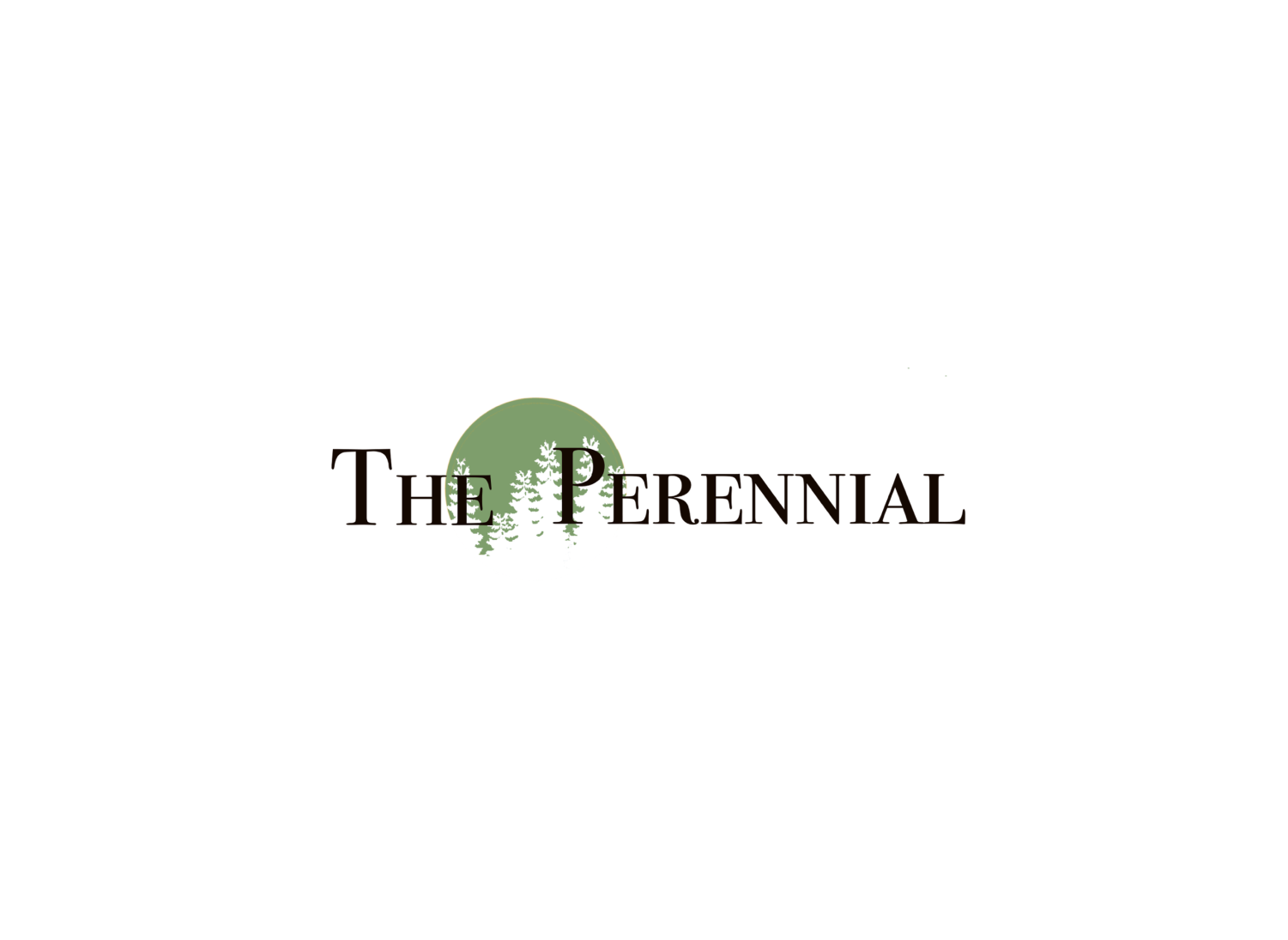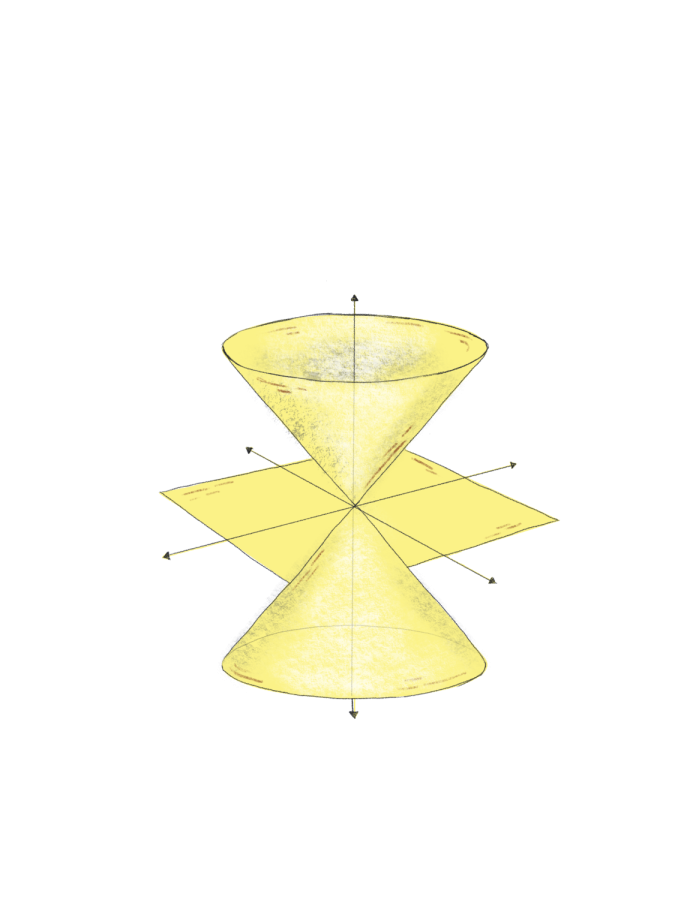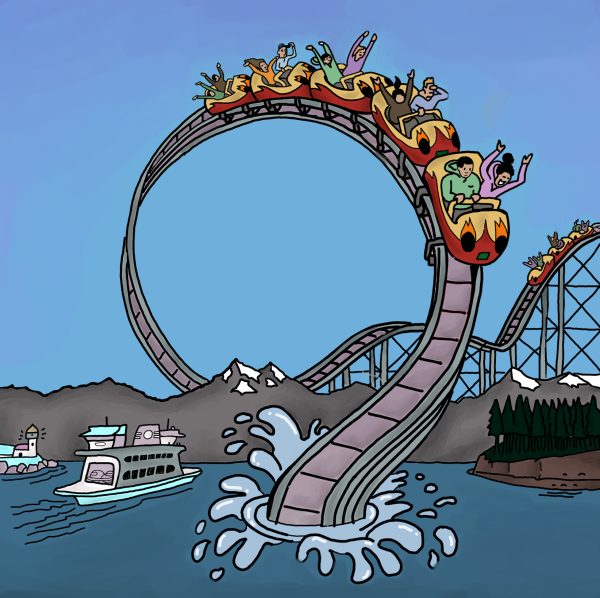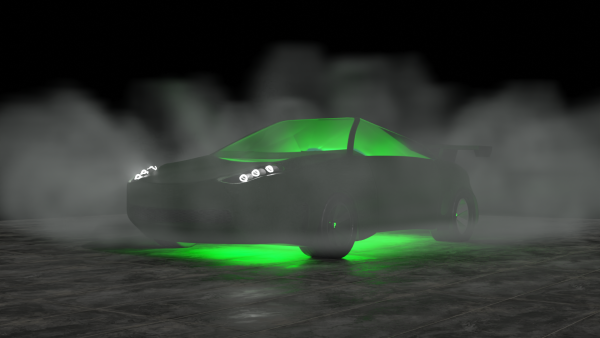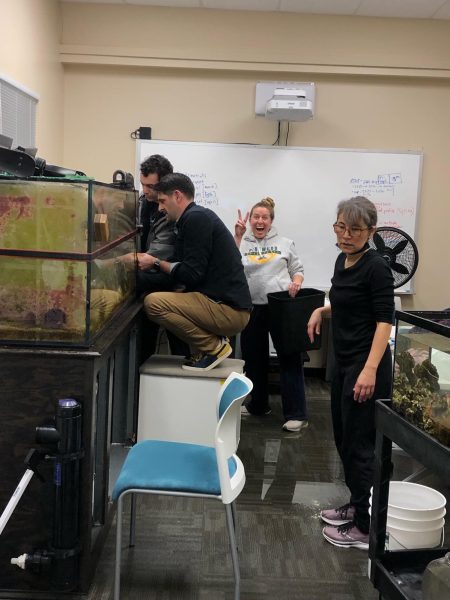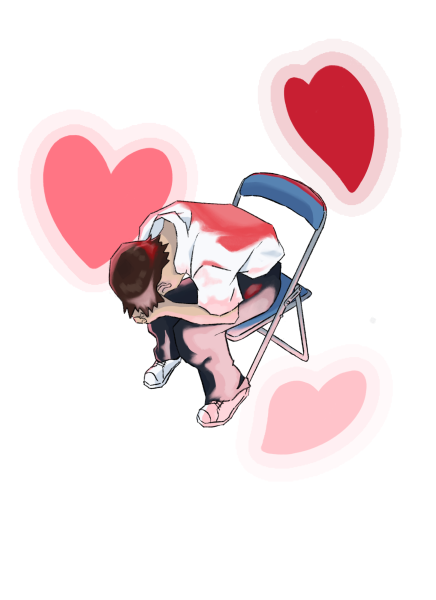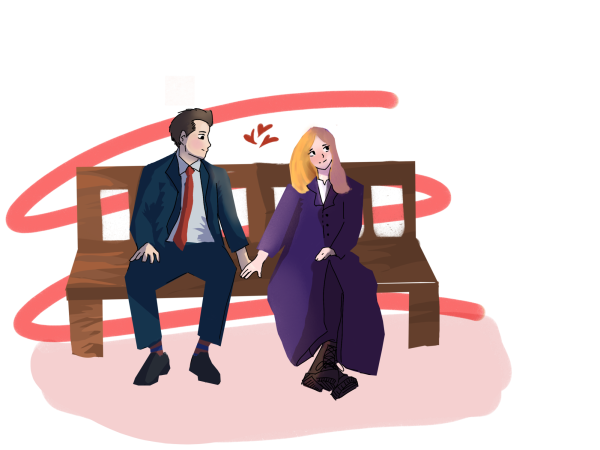Correlating Cones: Connecting Calculus to Life
A light cone, as described in Stephen Hawking’s “A Brief History of Time”
A month ago, out of boredom, I picked up a copy of physicist Stephen Hawking’s “A Brief History of Time.” In short, it documents the complexities of space and quantum physics. And there’s one concept that he uses to explain event causality, called “light cones,” that I find so fascinating and can’t claim to completely understand — but I’ll try to describe it.
It goes like this: imagine the ripples in a pond after a stone has been thrown in. Each ripple births the next and is larger than the last, like an echo. Now, imagine each of these circular ripples piled atop one another as rings of light, from smallest to largest, forming the shape of a cone.
The tip of the cone is a single event (let’s say event “P”), or a singular flash of light at a present moment — and the rings of light expanding outward from it fall into a “future light cone,” which contains all the other future events that event “P” could possibly affect. And everything that leads up to the single event “P,” or the first spark of light, is constructed within a “past light cone.”
Like light, we spend our own lives always searching for more renditions of light — more accomplishments, more feats, more work. And when we’ve finally found more, we feel as if we’ve reached the happiness version of ourselves. We have tunnel vision for our goals, basing our self-worth in the amount of light we’ve cultivated, the milestones we’ve passed, the events we’ve overcome.
The light that hasn’t yet reached us, that is so distant in our future light cones, reminds of our infinite potential to do more, but it makes us prone to convergence — staying on track, meeting a goal, reaching a destination.
We become so obsessed with chasing that we forget about living, until moving backward becomes the only way forward. We sleepwalk, never remembering the root of our aspirations, but somehow find ourselves in the middle of doing them anyway, with no idea how we got there.
I’m guilty of chasing light, too: juggling sleep deprivation and school, fitting 25 hours of work into a single day, flooring the gas pedal at the speed of light in hopes that everything I’m doing will lead to everything I want and more. At the end of May, I was only half-awake, telling myself that all the all-nighters, migraines, and eyebags in preparation for my exams would pay off. In school, I was sleepwalking, with everything around me — my friends, teachers, relationships — distilled into mere echos, blurred into silhouettes that I clambered around in avoidance. And when it came time to unveil my scores, I did well and was happy, in the light, weightless and flying — for ten minutes. That flicker of light did not eclipse the rest of my problems, and it slipped through my fingers in less than 1% of the time I had spent preparing myself for it to appear.
But if there’s one thing I’ve realized recently, it’s that light appears in front of us when we need it the most, without us searching for it — like in Calculus class.
I sat in the front row, watching my math teacher draw a double cone on the board that I thought was a light cone. But instead, she intersected different points of the cone with lines drawn by an expo marker, asking us to envision the cone as one made of paper — to pretend her marker was a pair of scissors, or a geometric plane. Straight through, vertically: a hyperbola. Straight through, horizontally: a circle. Straight through, at an angle to the base: an ellipse. Straight through both halves, excluding the apex: a hyperbola. Then, straight through the apex: a singular point. The concept she was teaching: conic sections.
Life isn’t about convergence. It’s about everything in between and beyond — an infinite spectrum, like the catalog of shapes discovered when slicing through a cone. There’s no reason to always be searching for light that is so far away when all the light that we need is here, right by us, waiting to catch a glimpse of us.
And even if we’re stuck on the path to wanting more, the path doesn’t have to be one-dimensional, but rather an ever-expanding array of circles, shapes, possibilities. In this infinite universe, we can be weightless, like photons traveling through time, like the sound of the rain, like a sliver of the moon shining through the curtains, late at night.
The light that we see is from within us, radiating outwards, ever so fulfilling — and isn’t that beautiful?
